Colors in Photography: All There Is to Know about White

This is the first article in our new series on colors in photography. We’ll delve into the role of colors and their significance in photography. We’ll also explore the psychology of colors, how they’re used for marketing, and take a look at their historical context. Let’s get started with a somewhat controversial color, one that is technically not even a color— white.
White is formed by reflecting and blending all wavelengths of light simultaneously. It is the opposite of black, which absorbs all colors. For the sake of simplicity, it’s better to consider white a color, an essential color.
In essence, we perceive colors based on how light reflects off objects. However, if you examine each wavelength of the color spectrum, you won’t find white. Due to its achromatic nature, white proves to be incredibly versatile and contains a wide range of applications.

Using white as a neutral background or for creating striking contrast can enhance your photographic compositions.
Contrast can be achieved not only in conjunction with black, but also with any other color. Despite this versatility, white is associated with specific cultural patterns and rules, guiding us in more purposeful and creative uses.
1. The psychology of white
In Western culture, white primarily symbolizes purity and innocence, as well as simplicity, illumination, goodness, and peace. It is also a symbol of new beginnings, representing a blank canvas that offers a chance to start fresh.
These attributes have been associated with the color white since the ancient Greeks linked it with divinity. However, cultural interpretations vary. In China, white is connected with death, mourning, and sadness. Despite these peculiar connotations, it is still considered the color of all things pure and good. It embodies the principle of yang, balancing the darkness inherent in the yin principle.
However, using white in your photography doesn’t guarantee universally positive impressions. Like utopian sci-fi movies, excessive white in your photos might convey feelings of detachment, sterility, loneliness, and coldness. Therefore, exercise caution when using white in your photography.
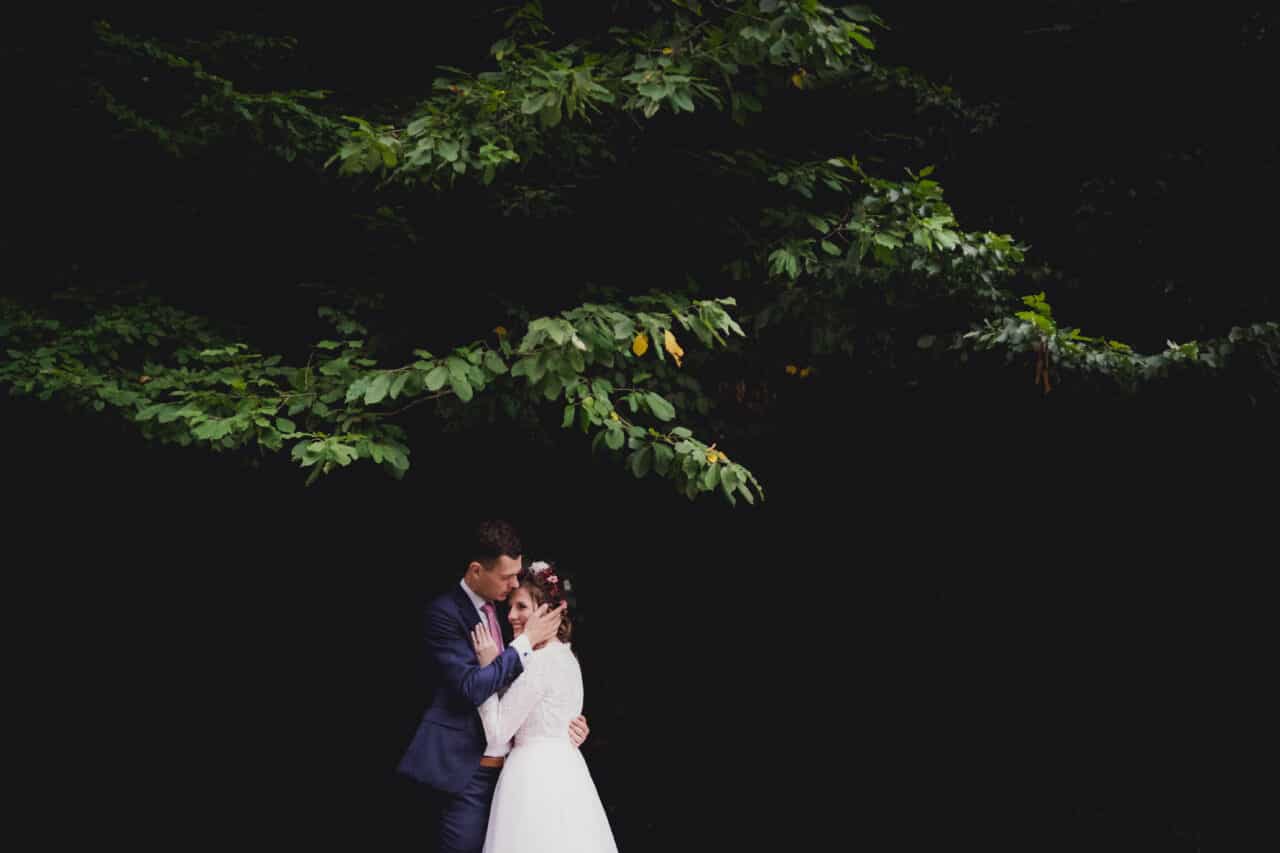
2. White for marketing and design
In marketing, white conveys feelings of reliability, certainty, safety, freshness, openness, and visual purity. It often serves as a neutral backdrop to emphasize other colors, textures, or objects. While minimalist designs are trendy, white can easily veer into feelings of sterility.
White is also a popular color for creating logos, because it forms a strong contrast with almost any other color. Consider logos like Starbucks, Coca-Cola, or Facebook, based on the simple interplay of white with green, red, or blue.
3. White in art
White has been present in art since Paleolithic cave drawings, making it one of the earliest known colors used in art. In Western tradition, white is strongly tied to the representation of the sacred, not only among the ancient Greeks and Romans but also in Christianity, which adopted this symbolism.
In the twentieth century, white was extensively used by modernist movements to emphasize a utopian world of clean shapes, uniformity, equality, or infinity, as seen in Kazimir Malevich’s “White on White.”

4. Colors that complement white
A significant advantage of white is its ability to pair with a wide range of other colors. You may encounter various shades of white, such as ivory, cream, or pearl, each a combination of white with different color undertones.
Due to white being a neutral color, it complements any color. Black is complementary to white, creating a strong contrast, familiar in black and white photography.
In our Colors in Photography series, we gradually introduce all the basic colors and explore each of their aspects from history to psychology.
Read the article about the color black, green, red, blue and yellow to learn interesting facts about the use of white not only in photography.






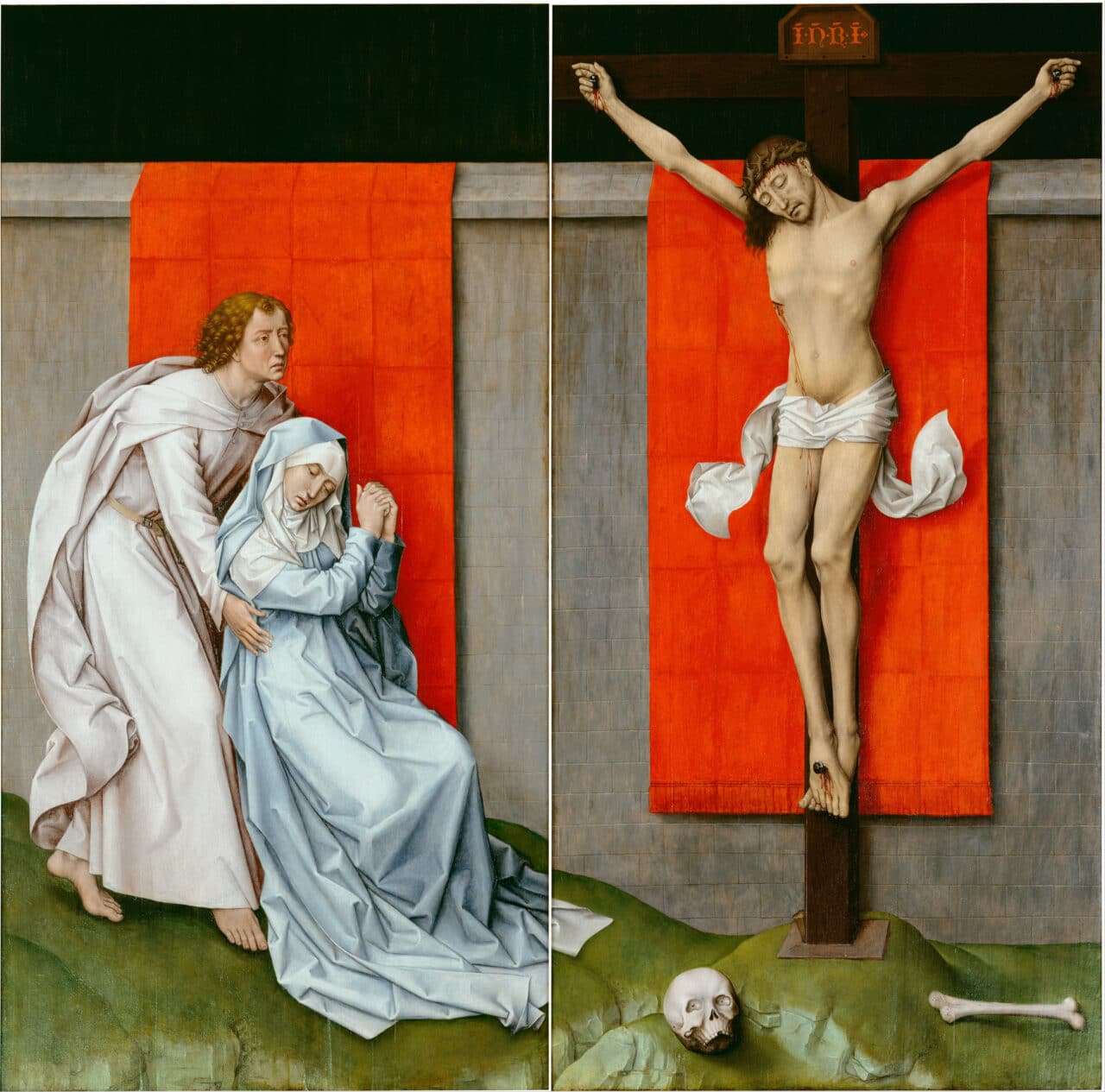
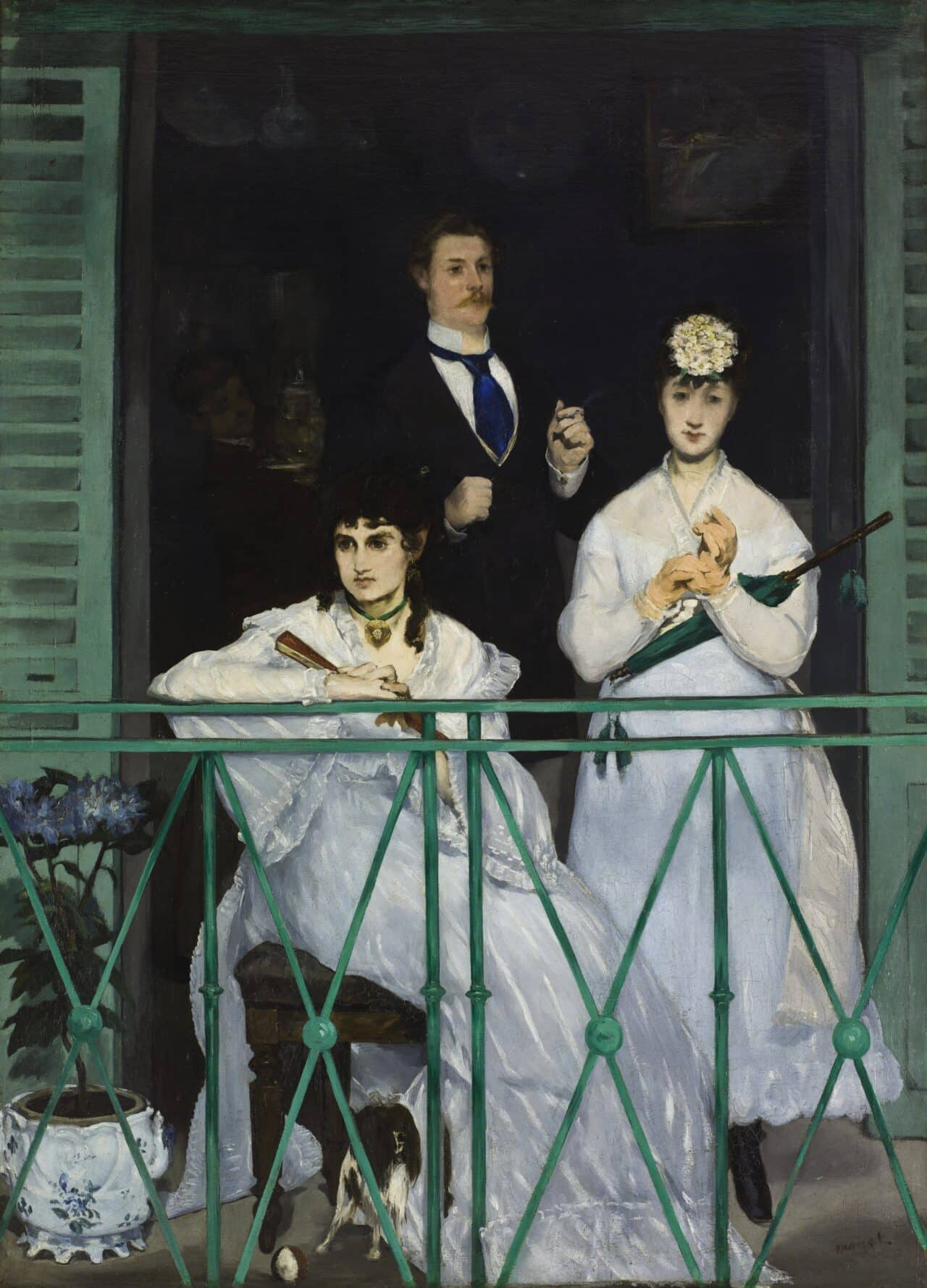
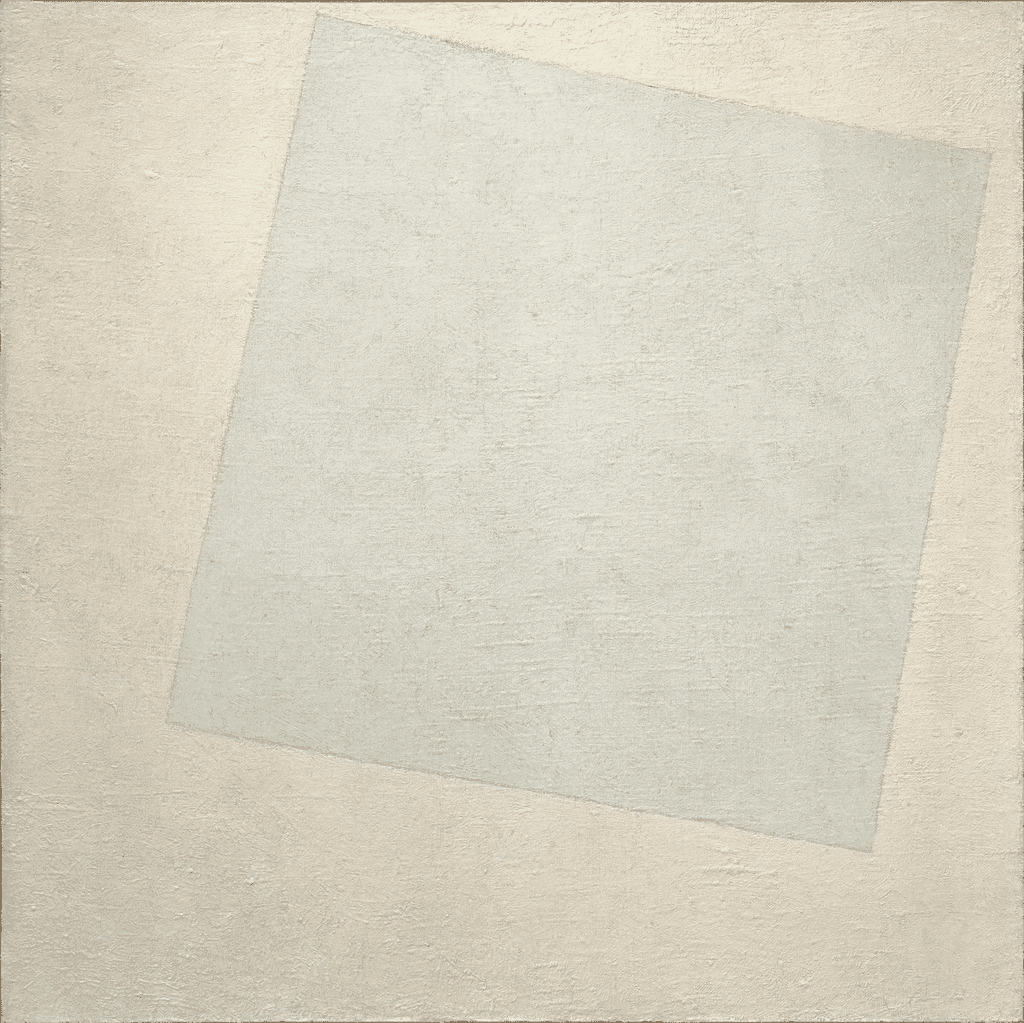

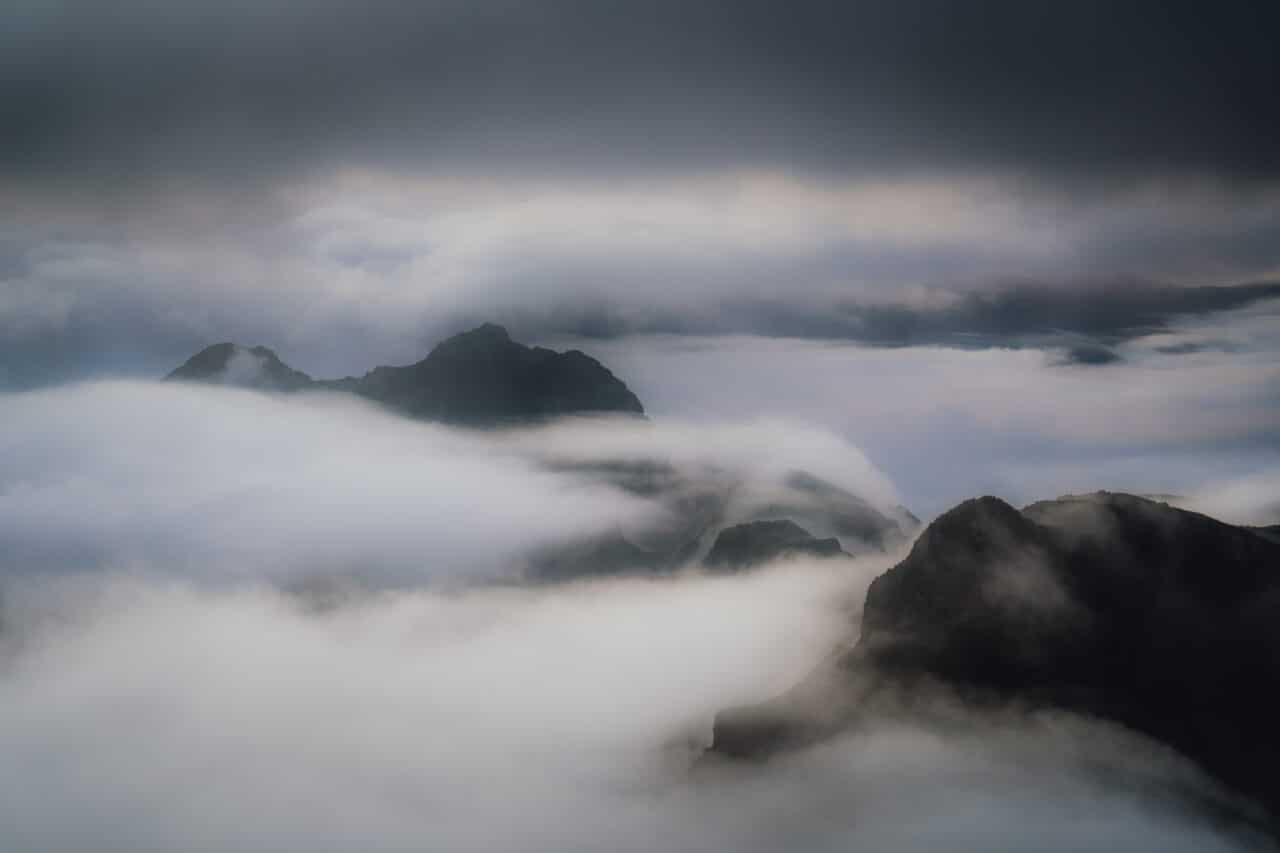

There are no comments yet.